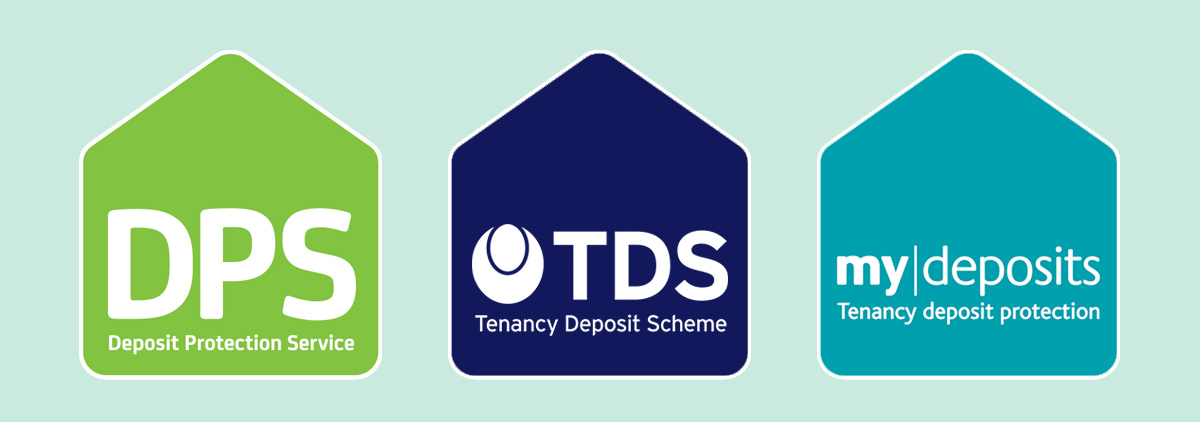The 15 Global Challenges from t he Millennium Project, a global participatory think tank. 1. How can sustainable development be achieved for all while addressing global climate change? 2. How can everyone have sufficient clean water without conflict? 3. How can population growth and resources be brought into balance? 4. How can genuine democracy emerge from authoritarian regimes? 5. How can decisionmaking be enhanced by integrating improved global foresight during unprecedented accelerating change? 6. How can the global convergence of information and communications technologies work for everyone? 7. How can ethical market economies be encouraged to help reduce the gap between rich and poor? 8. How can the threat of new and reemerging diseases and immune micro-organisms be reduced? 9. How can education make humanity more intelligent, knowledgeable, and wise enough to address its global challenges? 10. How can shared values and new security strategies reduce ethnic conflicts,...
In England and Wales there are three government-approved tenancy deposit schemes (Scotland and Northern Ireland have different schemes). They are
- Deposit Protection Service (DPS)
- MyDeposits
- Tenancy Deposit Scheme (TDS)
Insured scheme: the landlord/agent can hold the tenancy deposits during the term of the tenancy. They need to pay a fee to the deposit scheme to register the deposit. At the end of tenancy, if the tenant raises a dispute, they must transfer the disputed amount to the deposit scheme until the matter is resolved by a free dispute resolution service provided by the scheme or a court.
Custodial scheme: the scheme holds the deposit for the duration of the tenancy. Custodial Schemes is free of charge for the landlord/agent. At the end of tenancy, both parties agree before the deposit can be released to the tenant/landlord. If there is a dispute, the release of deposit will be based on the decision of the free dispute resolution service provided by the scheme or a court.
I found that insured deposit scheme is more popular among landlords and letting agents, because few wrongun tenants bother raising a dispute if you have the money, but many do if with a third-party scheme holds the money. If they do raise a dispute and then disappear failing to give permission to release the deposit, the landlord can never get hold of the deposit to cover their loss. This is why there are millions of deposits locked up unable to be accessed by the landlords who have been ripped off by wrongun tenants.
Comparison of the costs for insured schemes for deposit over £500 (fees per deposit)
- TDS charges £24
- MyDeposits charges £26
- DPS charges £27.75
This information is correct as of June 2021. It is difficult to find DPS pricing structure, as they hide it unless you register an account with them.
For a deposit under £500, it is not worth the hassle and the cost for an insured scheme (custodial scheme would be easier and incur no cost) unless the landlord has a large portfolio.


Comments
Post a Comment